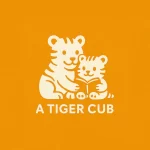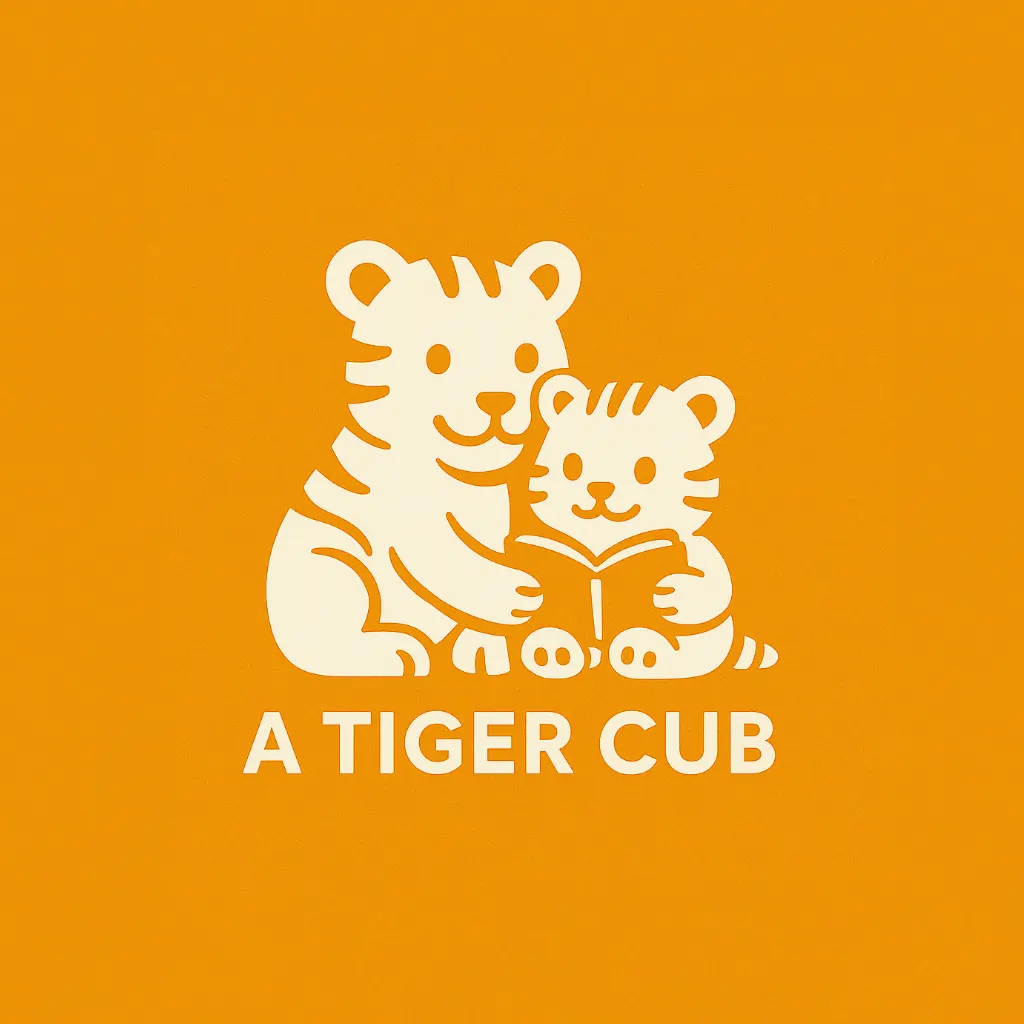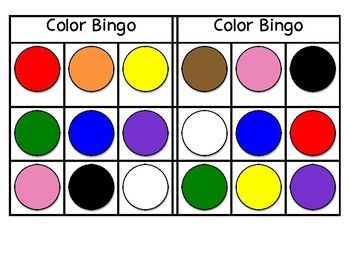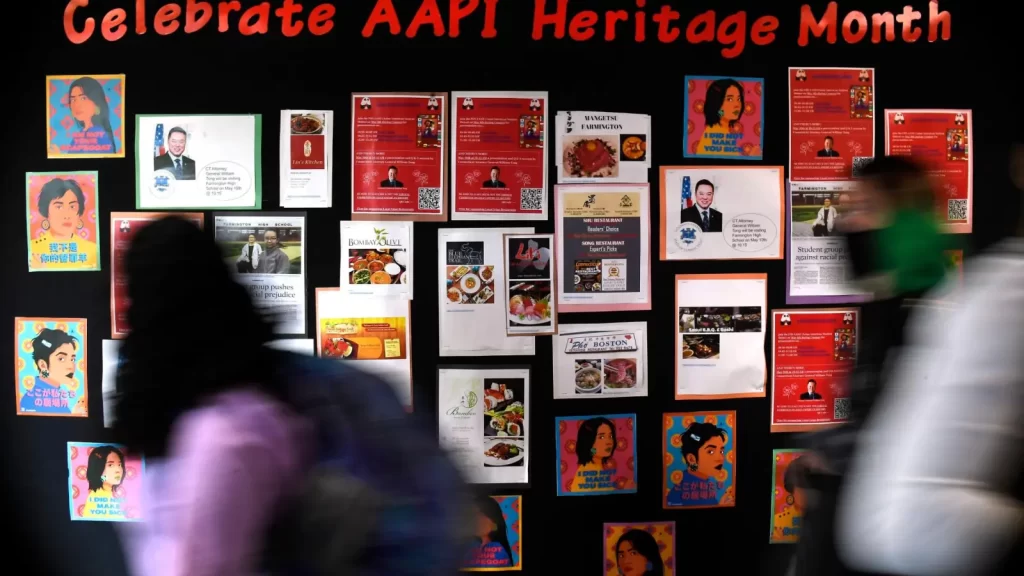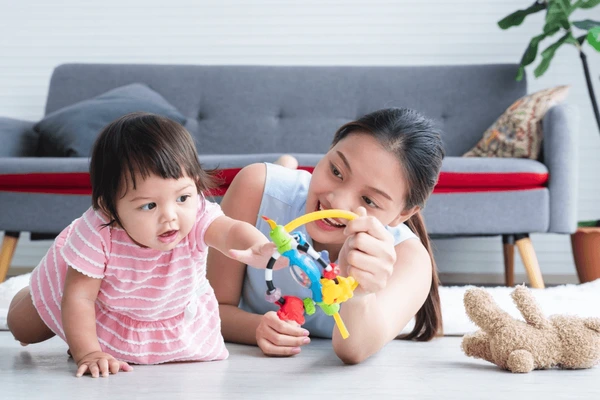Activity Summary:
🎨 “Color Hunt Bingo” is an indoor or backyard scavenger-style game where kids become little explorers hunting for colors in their environment. It’s a creative way to sharpen observation, color recognition, and matching skills—all while getting kids moving and engaging with the world around them.
🌈 What You’ll Need:
A printable or handmade Color Bingo Card (you can make one with 9-12 colored squares)
Crayons, markers, or colored pencils
A small bag or basket (optional, for collecting items)
Household or natural objects (no need to prep—just use what’s around!)
A parent or sibling to play along and give hints if needed
📚 How It Works:
1. Prep Your Bingo Card
Make or print a card with different color swatches—like red, sky blue, lime green, orange, lavender, gold, etc. Use crayons to color them in or print a ready-made one.
2. Go on a Color Hunt!
Kids explore a room, the backyard, or even just a windowsill to find an object that matches each color on their bingo card.
Example:
🔴 Red = an apple or LEGO brick
💚 Green = a leaf or toy dinosaur
💛 Yellow = a rubber duck or sticky note
3. Mark it Off
Once they’ve found a color match, they can draw the object they found, write it down, or place it in their basket.
4. Get BINGO!
The goal is to complete a row, column, or the whole card—your choice! You can even make it a race if multiple kids are playing.
🧠 Educational Benefits:
Color Recognition: Reinforce color names and matching
Observation & Focus: Kids learn to pay close attention to their surroundings
Language Skills: Practice naming, describing, and drawing objects
Fine Motor Skills: Drawing or coloring matches on the bingo card
Movement: Great for active play indoors or out
👧 Age Range:
Ages 3–8 (You can scale it up with tricky shades like “turquoise” or “peach” for older kids!)
🎨 Category:
Arts & Observation | Indoor/Outdoor Play
🐯 Tiger Cub Bonus Challenge:
“Can you find something that changes color depending on the light or angle? What makes it change?”
Let kids discover things like bubbles, shiny wrappers, or oil slicks and write a mini “Color Detective” note about what they observed!
